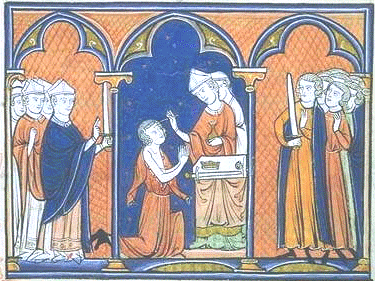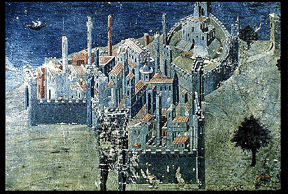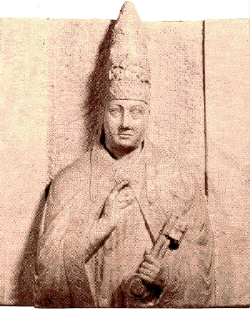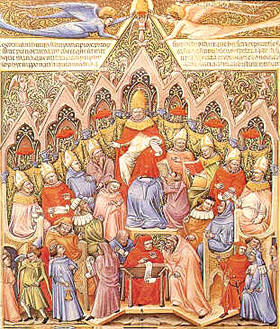|
Pietro Gasparri (1852-1934) was appointed secretary of the Commission of
Cardinals for the Code in 1904.
The
Codex iuris
canonici was published by
Benedict XV, 27
May 1917, with the bull
Providentissima mater ecclesia.
The organization of the
Code was not according to the classical canonical divisions (Iudex,
Iudicium, Clerus, Sponsalia, Crimen) but according to the divisions adopted
by ancient Roman jurists (Gaius and Justinian) (Personae, Res, Actiones)
1983 Codex
iuris canonici Latin
1983 Codex iuris canonici
(English)
A Short Comparison: Case Law v. Code |
All attempts of the revolutionary
assemblies to draft a code failed. Bonaparte appoint 4 men in 1800 to
prepare a draft of a code. The final code was put into place in March,
1804. Had 2281 articles. The new code did not obviate old law,
but only laws contrary to it. In 1807 it was given name Code Napoléon.
Later known as Code civil.
Austria: Codex Theresianus. 1766
Prussia: Allgemeines Landrecht für die preussischen
Staaten 1794
Bürgerliches Gesetzbuch (1900)
=BGB
Codification in the American
Colonies: Massachusetts |





